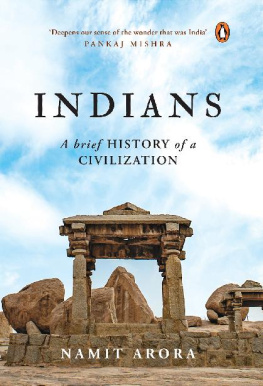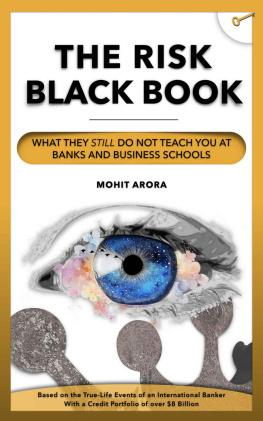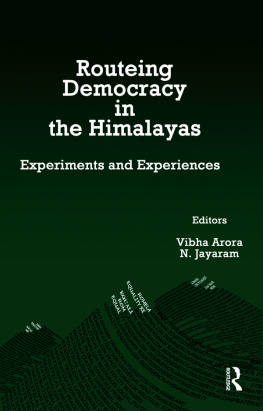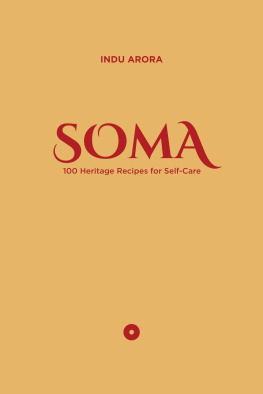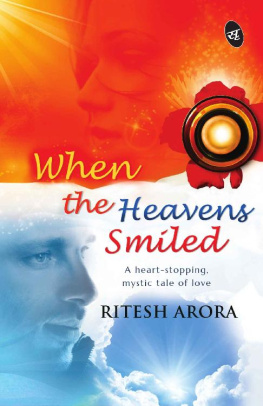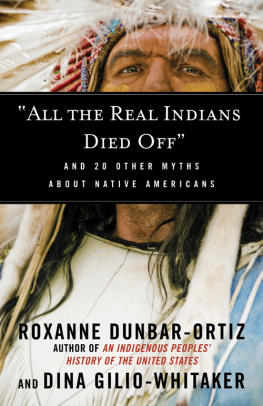NAMIT ARORA
INDIANS
A brief History of a Civilization
Contents
)
)
)
)
)
)
)
)
)
)
)
Advance Praise For The Book
Namit Arora is one of the most acute observers of contemporary India, and in his new book he extends his gaze to the past. Resourcefully researched and elegantly written, Indians deepens our sense of the wonder that was India Pankaj Mishra, author of Age of Anger: A History of the Present
Namit Arora brings an inquiring mind, a clear head and a light touch to bear on a miscellany of Indian historys foundational texts and most significant sites. Indians is illuminating, absorbing and a joy to read. I defy anyone to peruse it and not feel richly rewarded by its insightsJohn Keay, author of India: A History
Namit Arora is the finest kind of travel companion: curious, well read, even-tempered and imaginative. Touring Indias oldest cities with him is an acute pleasure. Arora dissolves the time between the past and the present, revealing how complex and diverse India has always been, and how, by misunderstanding our history, we run the danger of mismanaging our present. Indians is both timely and necessarySamanth Subramanian, author of This Divided Island: Stories from the Sri Lankan War
Namit Arora has created a gem of a book that is a joy to read. It defies categorization, as it seamlessly combines travelogues, historical accounts and biographies. This approach brings alive ancient, medieval and modern India in such a manner that you can almost touch and feel the centuries and millennia as they pass by. It takes a remarkable feat of insightful writing to cover such a long period within a single volume while also avoiding a top-down perspective. An easy, entertaining and engaging bookTony Joseph, author of Early Indians: The Story of Our Ancestors and Where We Came From
Possessed by wanderlust, Arora takes the reader on an intricate and perceptive journey through India, against the weight of the past and challenges of the present. In this beautifully crafted travelogue, Arora celebrates the momentous and the everyday in Indias history, offering astute observations on its cultural fabric, illuminating its richness and frailty with insight and compassion. A brilliant and original achievementAssa Doron, author of Life on the Ganga: Boatmen and the Ritual Economy of Banaras
Namit Arora takes us on a delightful journey through six magnificent archaeological sites and offers eloquent accounts of several major travellers of India. A gripping read with scholarly rigour, this book will interest both general readers and scholarsDevangana Desai, author of The Religious Imagery of Khajuraho
To
Usha Alexander
Introduction
The Lost Worlds of India
What does it mean for a world to vanish? As a kid, when I first came across the term lost cities, I was mesmerized. A whole city lost? Lost? How can that happen?
We live with the illusion that our physical and cultural worlds have a certain solidity and stability, that despite inevitable change, they will endure long after us, bearing our legacy and progeny. We maintain this illusion even when were aware of the many lost worlds that archaeologists have dug outastonishing places like Machu Picchu, Angkor Wat, Memphis, Mohenjo-Daro and Persepolis. Since such lost worlds first captivated my imagination as a boy, Ive visited dozens of them but Ive lost none of my fascination for them.
The idea of writing this book was born on the road around 2004. During the preceding fifteen years, since 1989, while I studied and worked in the United States and Europe, I visited India only on short trips to see family. But smitten by wanderlust and bored with my profession (which only paid well), I often took time off from work to backpack solo in countries across Latin America, North Africa and Asia. I began to feel, as historian Miriam Beard wrote, that travel is more than the seeing of sights; it is a change that goes on, deep and permanent, in the ideas of living.
As I changed over those fifteen years, so did India, and I longed to discover it afresh. Happily, so did my life partner whom Id recently met. In 2004, she and I took a two-year break from our jobs to travel in India. We visited 110 destinations in twenty states: natural and historic sites, mountains and coasts, lost cities and bustling metros. Eager for experiences, we stayed in humble hotels and travelled by foot, bus, train, boat, car, scooter, bike, rickshaw, camel and more. I also began to keep a photo journal on Shunya.net.
This was a life-transforming experience. I loved so many of the places we visited. Each one threw up new questions. When we returned to the US, they stayed with me, leading me to deeper reading and reflection, revealing both new continuities and dead ends between Indias past and its contemporary society. I wrote short essays on some of these places. Slowly, a more coherent idea of Indias civilizational trajectory began to take shape in my mind, anchored around my earthy and often romantic encounters with some of its most thrilling sites and monuments.
At the same time, I noticed how interest in the past was surging in India. Modernity, capitalism and nationalism were fuelling in us Indians a desire to understand our place in the world in new ways. More than ever before, we now visited historical sites and hungered for new narratives about them: What had happened here? Why did it end? Too often, sadly, the popular new narratives are dull, untrue, or driven by chauvinisminstead of scholarly rigour and a humanistic temper, where openness, evidence and empathy lead the way. And how we see our past is increasingly shaping our idea of India and where we want to go as a society.
In 2013, my partner and I permanently quit our professions and relocated to India for the long term. After completing a book of essays and a novel, I returned my attention to the places that had captivated me in those previous two years of travelthe lost and found worlds of ancient and medieval India. I now decided to write about their remarkable stories at length.
I looked for sites that spanned north and south, and a wide swathe of time. I settled on six. Its hard to say why I chose these specific sites and not others. It was partly my idiosyncratic desire to understand these six lost worlds better. Each represented a distinct past in a land of many pasts. I saw them as the keys to a deeper understanding of Indians. Each promised a good journey tooa realm of mysteries and rewards that are hard to spell out.
I began planning a book that combined archaeological travel writing with narrative history. I hoped to find the essence of each sites inhabitantstheir defining beliefs, customs and institutions; their struggles and living conditionsand their legacy in the cultural mosaic of India. I would lean on both diverse scholarship and primary sources, such as archaeologists reports as well as the accounts of famous past travellers, many of whom had visited this distinctive land beyond the river Sindhu (Sanskrit for Indus)a word used by the ancient Persians to also refer to the subcontinent and all its inhabitants (pronouncing s as h), a non-religious, ethno-geographic descriptor. What did these travellers think of the Indians they met and what challenges of cross-cultural understanding did they face? Alongside, I would present my own experience of these sites and encounters as a traveller. In short, I hoped to bring alive these sites, past and present, in rich and evocative detail, combining the big picture with telling minutiae and quirky anecdotes. In doing so, I hoped to illuminate the most consequential trends, transformations and fault lines of Indian civilization.



